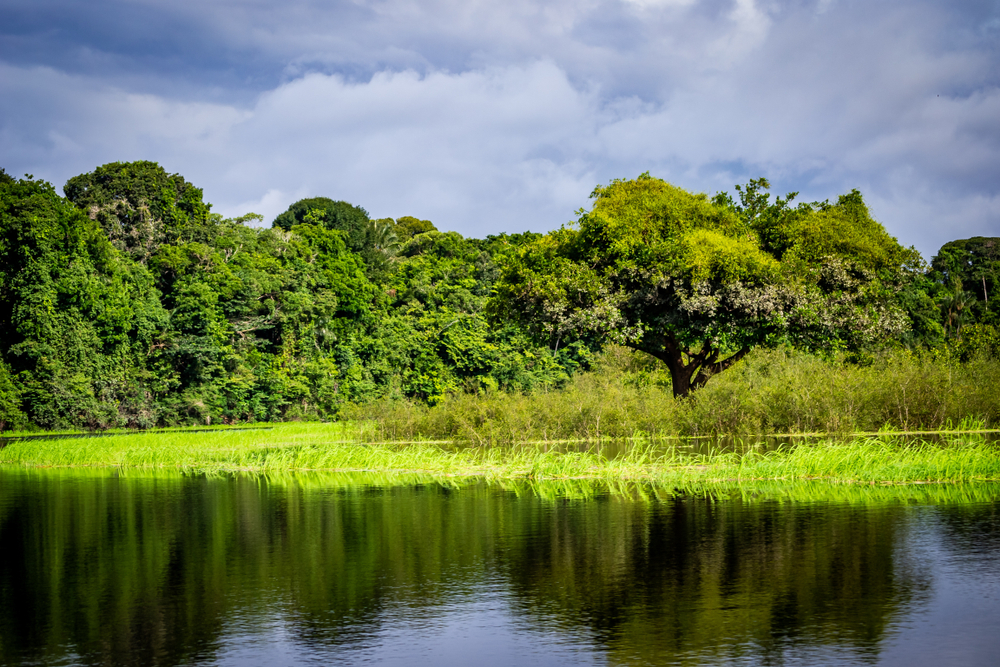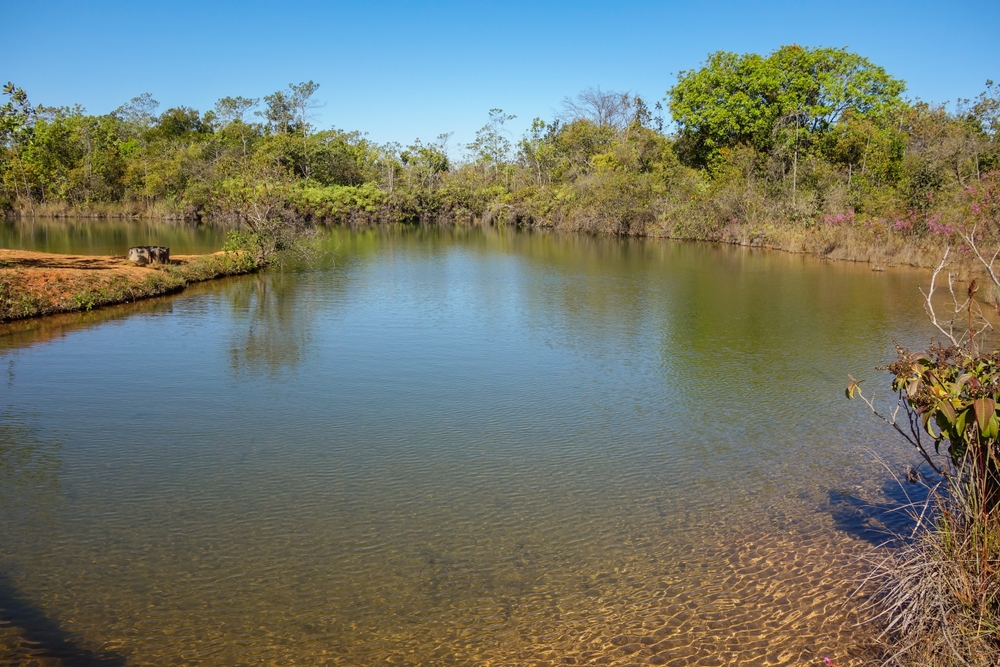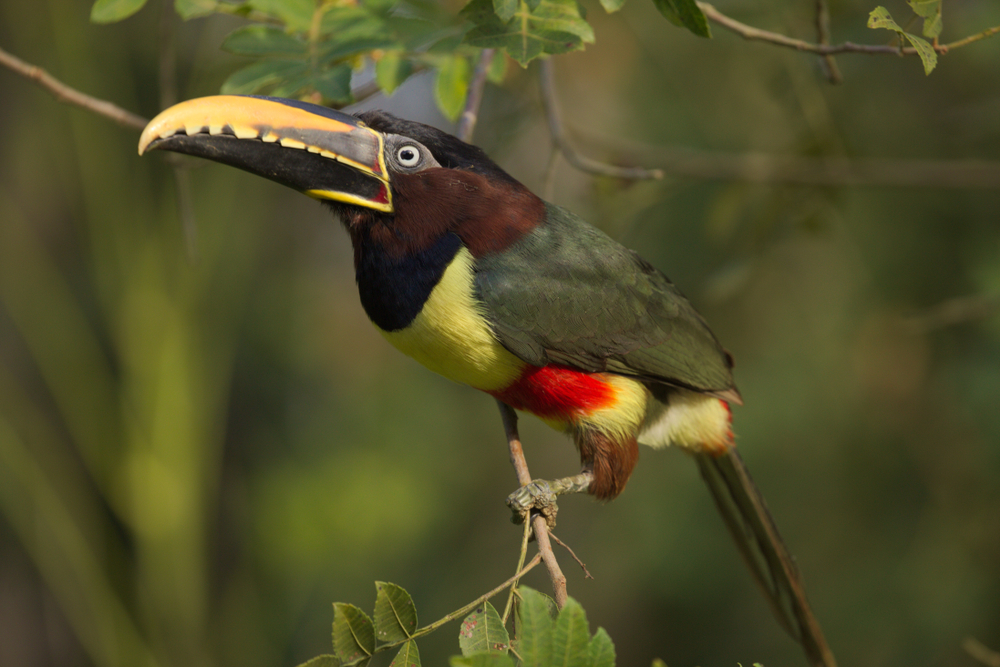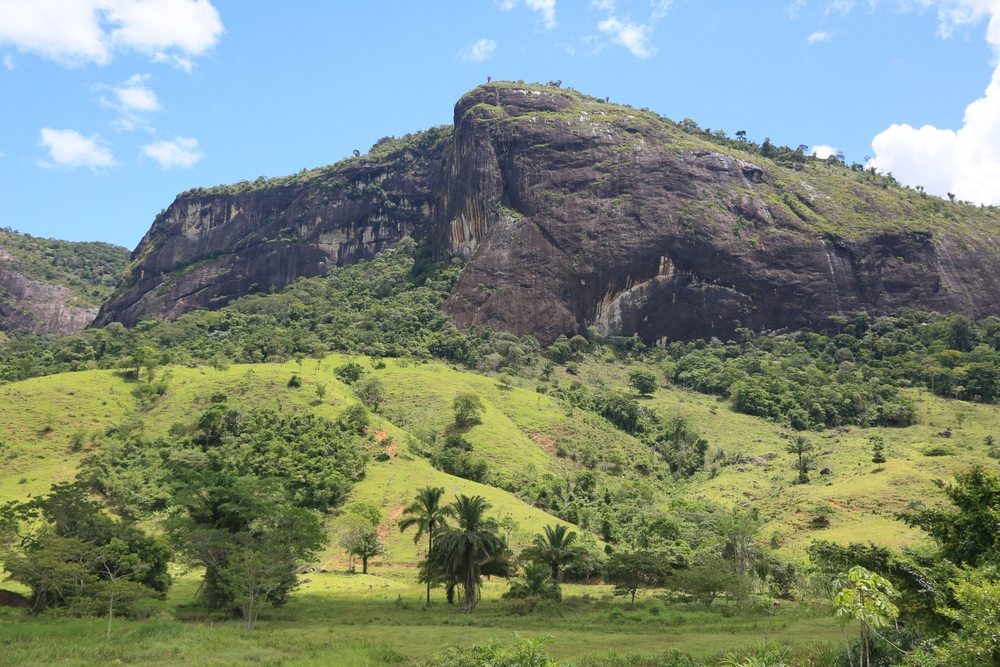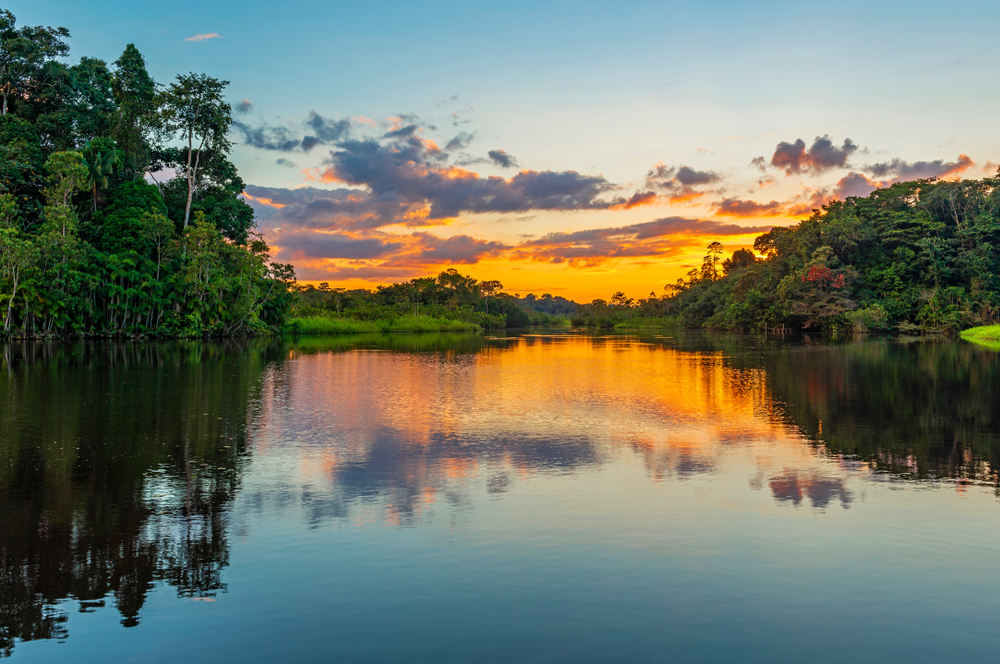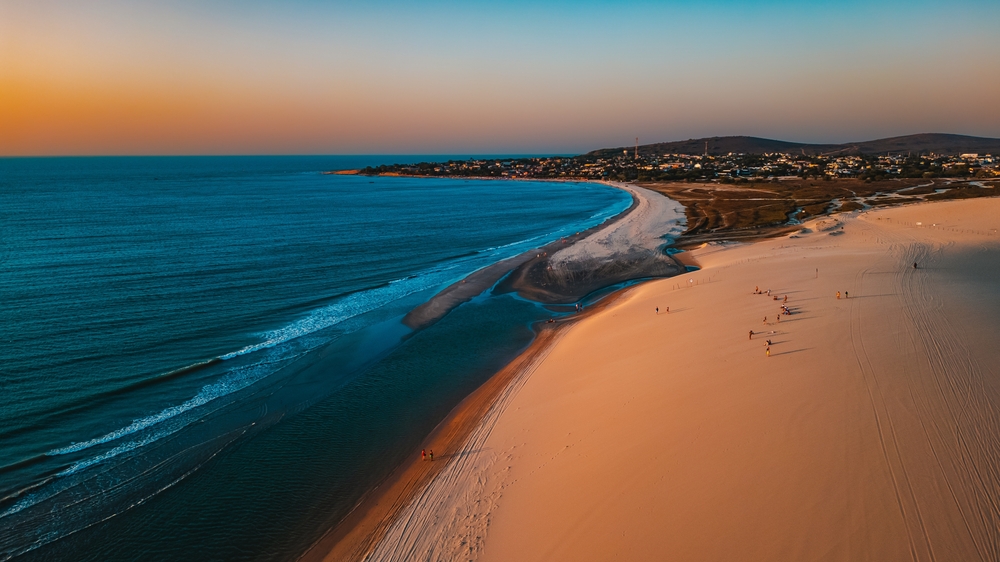Anavilhanas Overview
Anavilhanas National Park, known locally as Parque Nacional de Anavilhanas, is a protected area located in the state of Amazonas in northwestern Brazil.
The park spans approximately 1,973 square miles, or about 5,100 square kilometers, and is situated along the Rio Negro near the municipality of Novo Airão, roughly 100 kilometers upstream from the city of Manaus. It is one of the world’s largest freshwater archipelagos, home to more than 400 islands that extend for about 130 kilometers along the river.
This national park is part of the Central Amazon Conservation Complex, a UNESCO World Heritage Site, and plays a vital role in protecting the rich biodiversity of the Amazon rainforest.
The terrain of Anavilhanas National Park is dominated by the labyrinthine waterways of the Rio Negro, interwoven with countless islands, flooded forests, and sandy river beaches.
The landscape is a dynamic mixture of igapó (blackwater-flooded forests), dense tropical rainforest, and aquatic ecosystems, which change dramatically with the annual flood pulse of the Amazon Basin. During the rainy season, much of the forest is submerged, transforming the region into a vast aquatic expanse that can be explored by canoe.
The dry season exposes hidden sandbanks and allows for hiking and forest walks. The vegetation is incredibly diverse, featuring towering trees like the kapok and Brazil nut, aquatic plants such as giant water lilies, and orchids clinging to the branches in the canopy.
The park is a haven for wildlife, offering opportunities to see many of the Amazon’s most iconic species. Among the mammals that inhabit the area are jaguars, giant otters, tapirs, and the Amazon river dolphin, also known as the boto. The dark waters of the Rio Negro provide a striking contrast to the pink hue of these freshwater dolphins.
The park also supports a remarkable array of birds, including the colorful macaws, toucans, harpy eagles, and hoatzins. The intricate water channels and forests provide excellent habitat for both migratory and endemic bird species, making it a favorite destination for birdwatchers and wildlife enthusiasts.
Anavilhanas is celebrated for its natural beauty and offers a tranquil yet immersive Amazonian experience. Popular features include the island archipelago itself, boat excursions through narrow igarapés (creeks), nighttime wildlife spotting, and visits to riverine communities.
Floating lodges and eco-lodges in nearby areas offer accommodations that blend sustainability with comfort, allowing visitors to fully engage with the environment.
Visitors primarily experience the park through boat tours, kayaking trips, and guided hikes. River cruises provide the most comprehensive access, often organized from Manaus or Novo Airão. Canoeing through flooded forests or exploring remote islands gives travelers an intimate connection with the landscape.
The park’s calm and dark waters are also suitable for safe swimming in designated areas, and fishing for sport species like peacock bass is popular in adjacent, regulated zones.
Conservation in Anavilhanas faces challenges such as illegal fishing, logging, and the encroachment of human activities from expanding settlements. However, the park has seen significant successes in recent years, including stronger protections through federal oversight by ICMBio (the Brazilian Institute for Biodiversity Conservation) and its integration into the larger Central Amazon Conservation Complex.
Community engagement and sustainable tourism practices have also contributed to the park’s ongoing preservation and public appreciation.








































































